Reverse osmosis membrane superiority judgment guide: 5 core standards and practical methods
Reverse osmosis membrane is the core separation component in the water treatment system, and its working principle is based on the selective permeability characteristics of semi-permeable membranes: driven by external pressure, the membrane body only allows water molecules to pass through, so as to realize the retention of inorganic salts in the water, heavy metals, organic matter and other impurities.
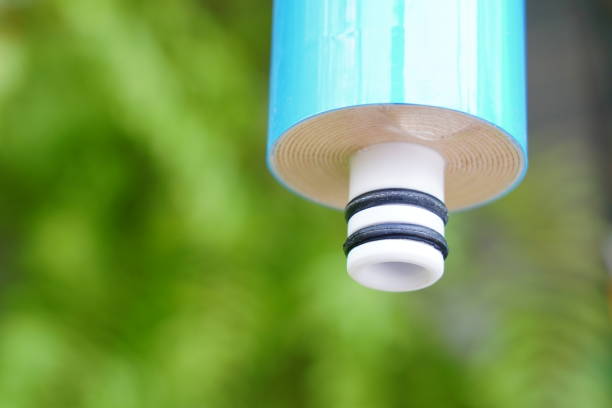
The core composition of the process includes a three-layer system:
material substrate: the mainstream use of polyamide composite material, through the molecular cross-linking reaction to form a nanoscale dense separation layer;
structural design: as an example, the rolled membrane element, rolled from the membrane sheet, guide cloth and the center of the tube, the pursuit of the maximum membrane area per unit volume;
operation mechanism: relying on the physical pressure-driven separation process, without the need to add chemicals, the level of energy consumption of the traditional As the process relies on the physical properties of the membrane itself to achieve purification, accurately determine the quality of the membrane is directly related to the effect of water treatment and equipment operating costs.
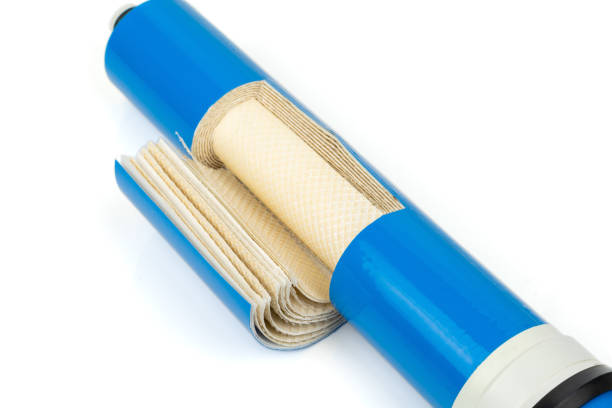
First, reverse osmosis membrane quality judgment of the 5 core standards
Material composition
High-quality membrane characteristics: the use of aromatic polyamide composite material, membrane surface microstructure uniform and dense (electron microscope observation can be seen clearly cortex and support layer layering). High-end products will be hydrophilic modification and other processes to enhance the ability to resist pollution, the representative brands include Dow, Hydrogen, Toray, etc..
Inferior membrane risk: the use of cellulose acetate or low purity polyamide material, the membrane body feel brittle and hard, the surface can be seen with the naked eye discernible scratches or granular defects, poor chemical corrosion resistance, long-term use of materials prone to aging.
Desalination rate
High-quality membrane indicators: in the standard test conditions (2000ppm NaCl solution, 25 ℃, 1.5MPa pressure), the new membrane desalination rate should be ≥ 99%, and the average annual attenuation ≤ 1%. For example, a model membrane labeled “initial desalination rate of 99.8%”, meaning that 1000ppm of raw water after treatment of salt residue is only 2ppm.
Poor quality membrane traps: some of the products labeled “desalination rate of 95%” but does not specify the test conditions (such as reducing the pressure or salt concentration), the actual Poor quality membrane trap: some products labeled “95% desalination rate” but do not specify the test conditions (e.g., lowering the pressure or salt concentration), the desalination rate may be reduced to less than 80% in actual use, resulting in a significant increase in the conductivity of the water.
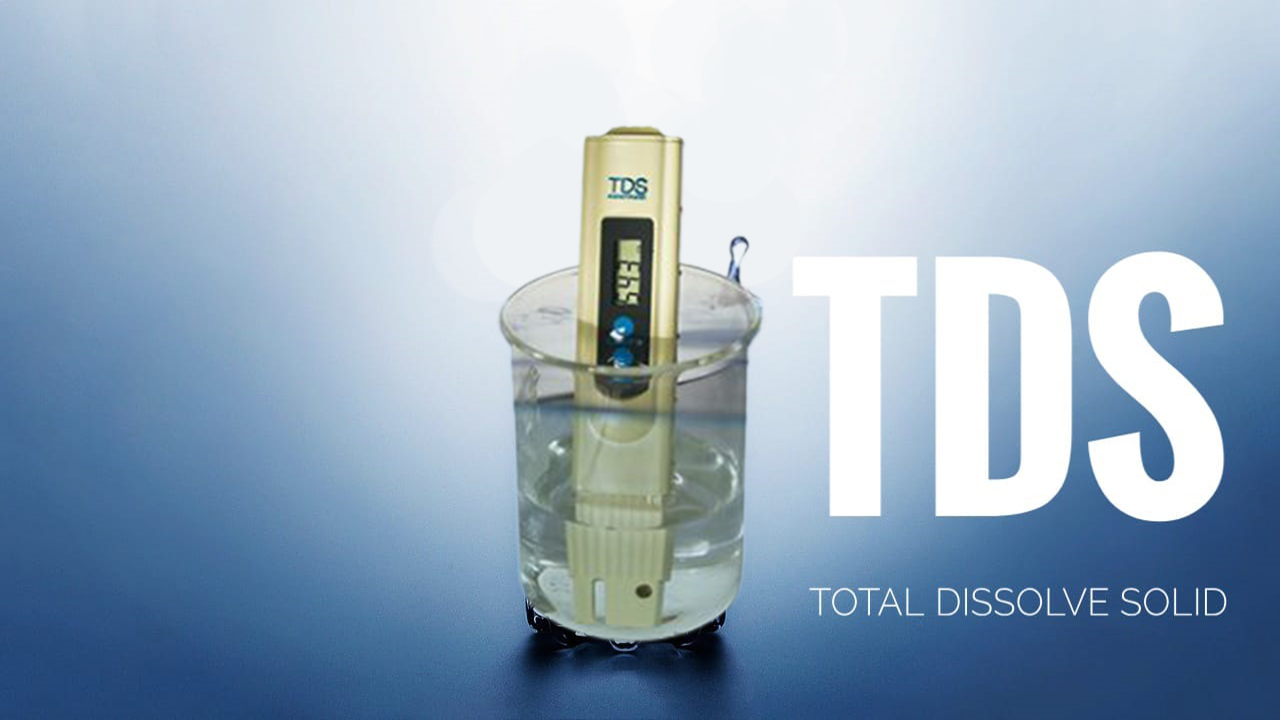
Water Production
Quality Membrane Performance: Taking 4040 membrane element as an example, under standard working condition (1.5MPa pressure), the 24-hour water production can be up to 1 ton, and the water production capacity declines linearly (not suddenly) with the time of use. Under the same pressure conditions, the higher the water production flux, the better the separation performance of the membrane.
Problems with poor quality membranes: There is a false labeling of water production (e.g. “2 tons / day” but requires 3MPa high pressure drive), the actual water production may be only 50% of the nominal value due to the lack of pressure in domestic scenarios, and the membrane holes are prone to clogging.
Pollution resistance
High-quality membrane characteristics: The membrane surface is optimized for pollution resistance through charge modulation (negative charge to reduce organic matter adsorption) or structural optimization (rough peaks and valleys to enhance water flow disturbance). In the continuous operation test with colloidal solution, the water production decreases by ≤5% within 30 days.
Defects of poor-quality membranes: the membrane surface lacks anti-pollution modification, and after contact with sewage, it is easy to be adhered by microorganisms and colloidal substances to form a biofilm, resulting in a halving of water production within 1 month, and frequent chemical cleaning is required.
Lifespan
High quality membrane lifespan: under standard working conditions (pH 4-10, temperature <45℃), the normal use cycle can reach 3-5 years, and the desalination rate and water production can be controlled during the period of use.
Inferior membrane hidden danger: due to insufficient weather resistance of the material, the membrane layer is easy to fracture when encountering residual chlorine, high temperature and other environments, the actual service life is usually less than 1 year, and the replacement cost is much higher than that of high-quality products.
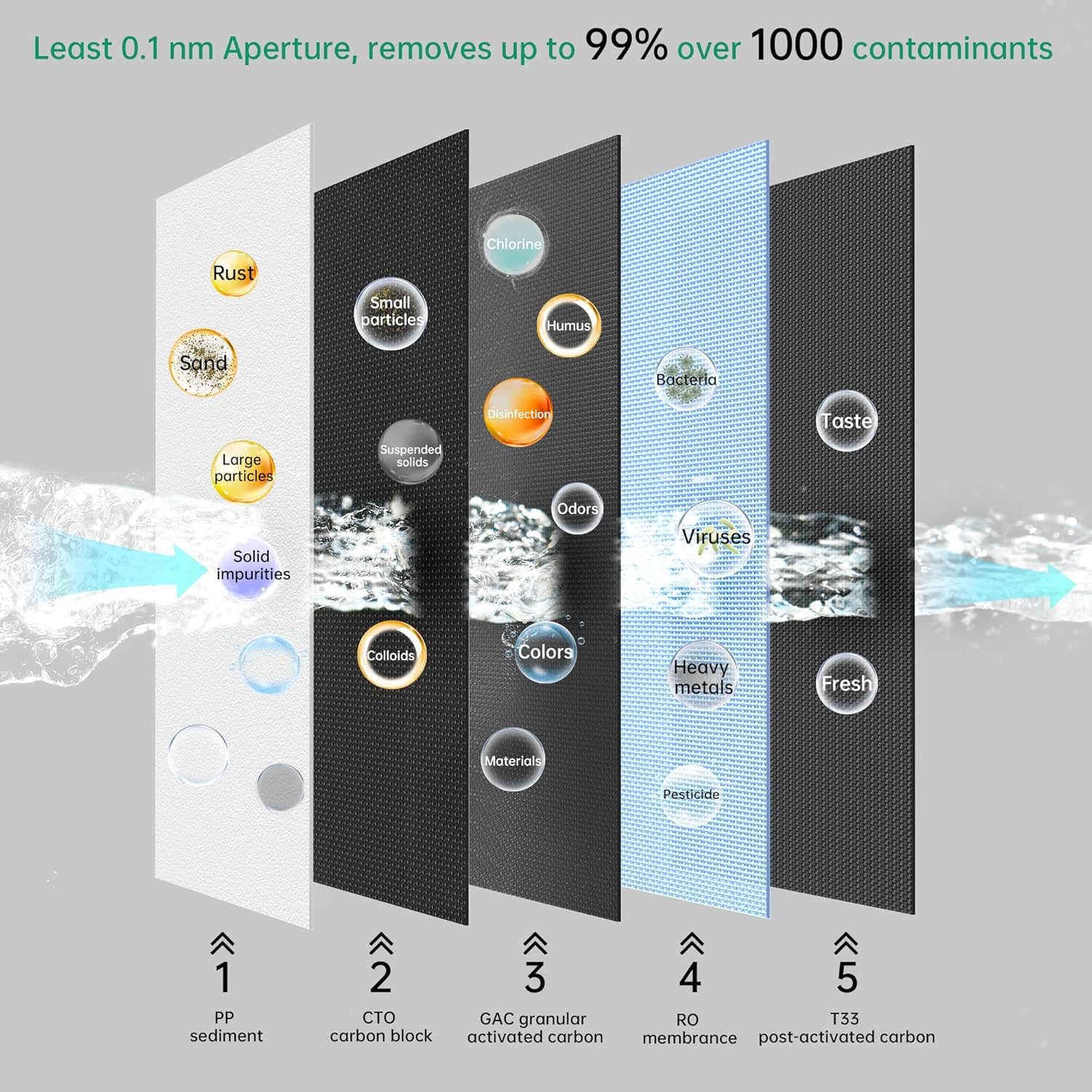
Second, parameter comparison
Judgment dimension High quality reverse osmosis membrane Poor quality reverse osmosis membrane
Judgment dimension:
1. Material composition
High-quality reverse osmosis membrane: aromatic polyamide composite membrane, including anti-pollution modified coating
Low-quality reverse osmosis membrane: cellulose acetate or low purity polyamide, no surface treatment
2. Desalination rate (standard conditions)
high-quality reverse osmosis membrane ≥ 99%, the average annual attenuation of ≤ 1%
low-quality reverse osmosis membrane <95%, the attenuation of more than 10% within 1 year
3. Water production (4040 membrane)
high-quality reverse osmosis membrane: 1 ton / day (1.5MPa pressure)
low-quality reverse osmosis membrane: nominal 2 tons / day but need to be driven by high pressure, the actual ≤ 0.5 tons / day
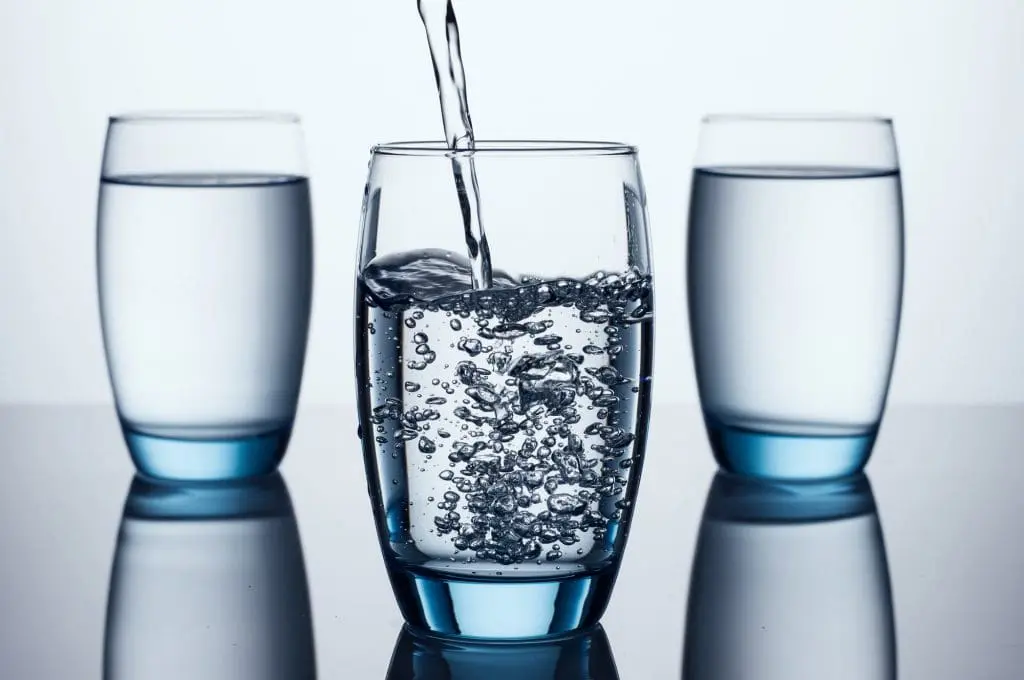
4. Anti-pollution test
High-quality reverse osmosis membrane: 30 days of water production decline of ≤ 5%
Poor quality reverse osmosis membrane: water production halved within 15 days
5. Service life
high-quality reverse osmosis membrane: 3-5 years (standard working conditions)
low-quality reverse osmosis membrane: 1-2 years, easy to fracture material aging
Third, screening membrane products 3 must ask points
request test report: ask the business to provide desalination rate, water production detailed test data, pay attention to confirm that the test conditions are in line with industry standards (such as pressure, water temperature, raw water concentration);
observation of the appearance of the details: unpacking to check the surface of the membrane is smooth, smooth, and whether there is a pungent smell of chemical odor (low-quality membranes may be left in the production of solvents);
verification of certification credentials: Regular brand membrane should have NSF, WQA and other international certifications, domestic products can check the “China Membrane Industry Association” record information, to avoid purchasing unqualified small factory products.
High-quality membrane products can not only ensure stable water treatment effect, but also through the extension of the replacement cycle to reduce the long-term cost of use, is the basic guarantee of efficient operation of the water treatment system.
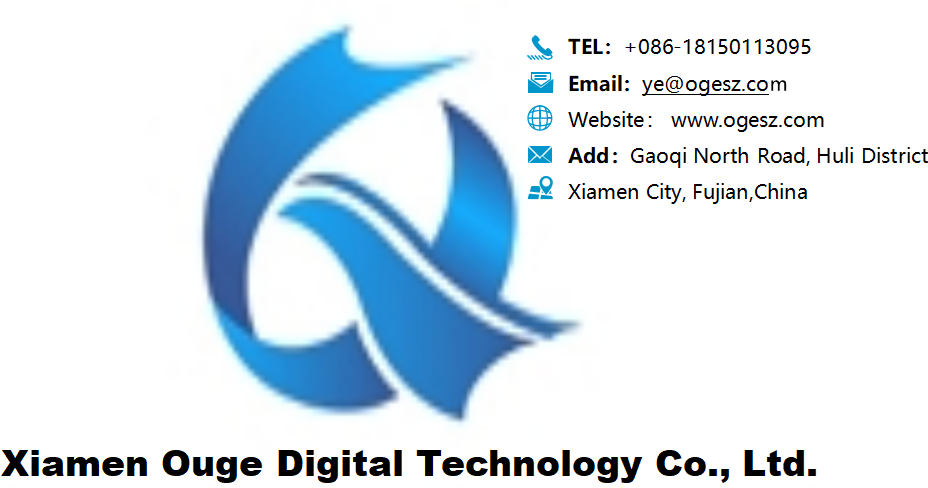
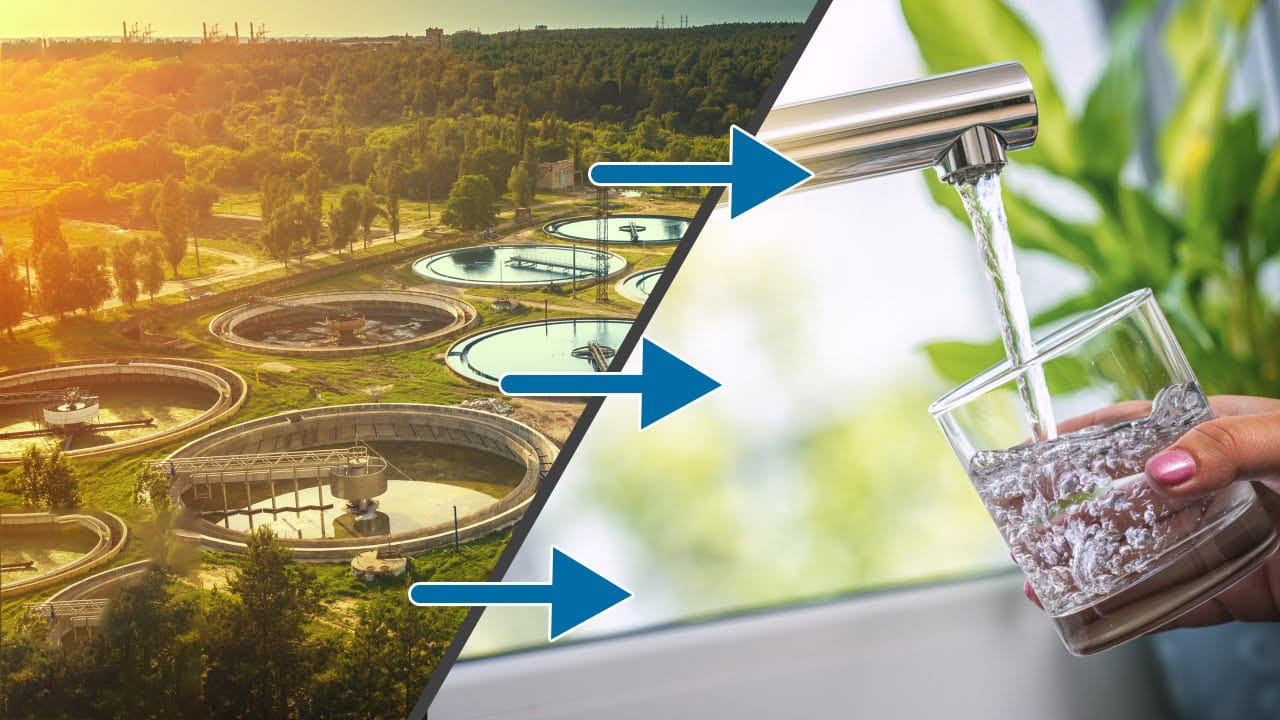 Industrial Water Purification Equipment: Making Your Production Safer, More Efficient, and More Eco-Friendly!
Industrial Water Purification Equipment: Making Your Production Safer, More Efficient, and More Eco-Friendly!
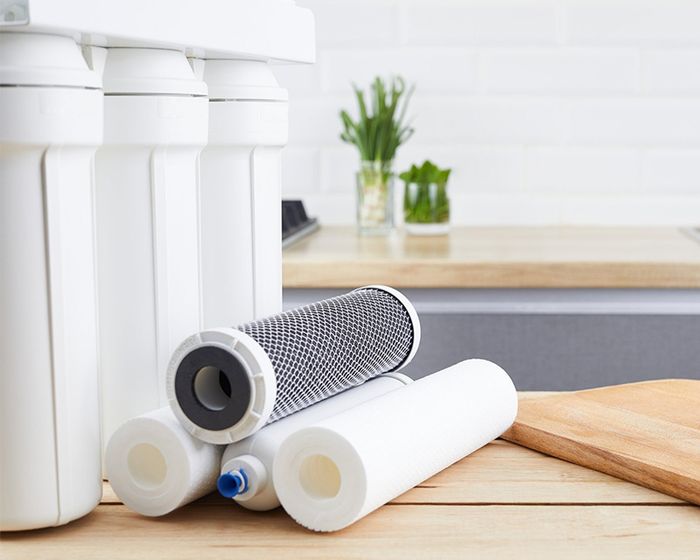 Water purifier emitting an odor? Without identifying these 5 “sources of stench,” replacing the filter cartridge is pointless!
Water purifier emitting an odor? Without identifying these 5 “sources of stench,” replacing the filter cartridge is pointless!
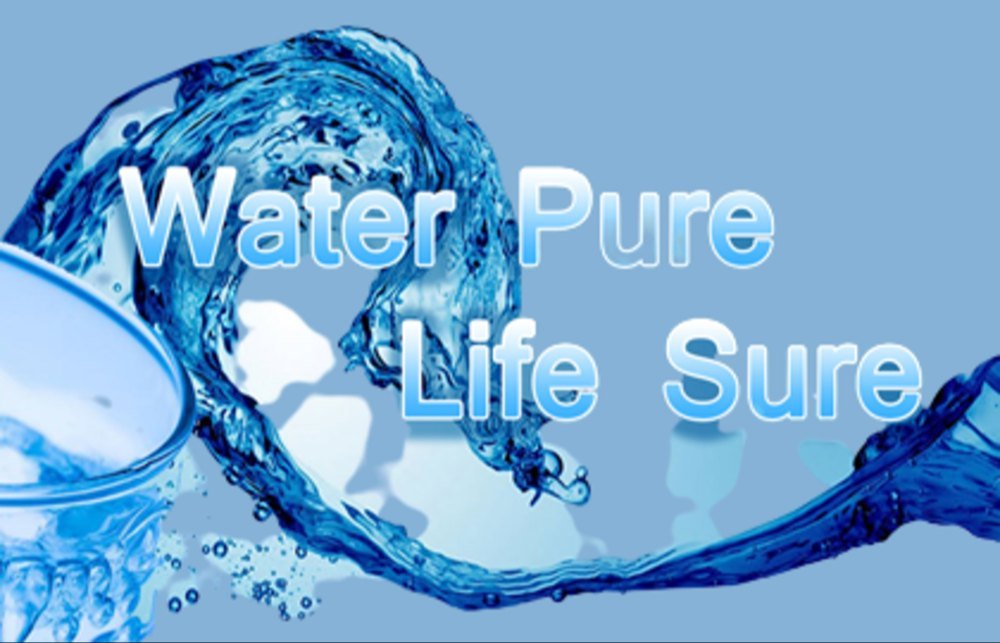 【Rumor Buster】Water Purifiers: What You Absolutely Must Know!!
【Rumor Buster】Water Purifiers: What You Absolutely Must Know!!